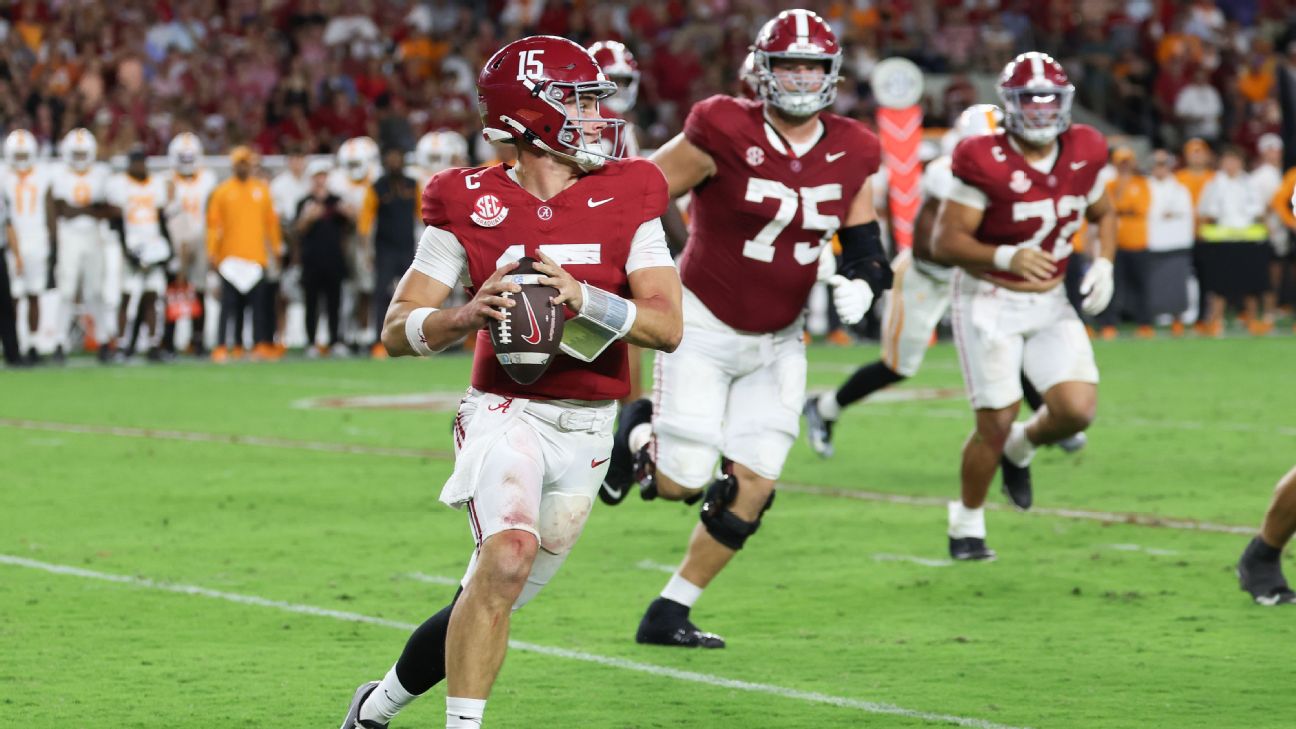Copyright The Street

In 2005, the average college tuition was around $5,000 per year at public universities and $18,000 at private schools. Today? Annual tuition costs an average of $10,340 at public and $39,307 at private schools. This doesn’t include living expenses, which often are more than double the tuition cost. So it’s no wonder so many people rely on student loans to pay for college, which now average more than $37,000 at graduation. Millions of Americans take jobs in the public sector, often at a lower salary than a similar job would pay in a private company, in exchange for student loan forgiveness. Now millions of Americans who believed they were on a clear path to federal student-loan forgiveness are facing uncertainty. A rule recently finalized by the U.S. Department of Education significantly narrows eligibility for the Public Service Loan Forgiveness (PSLF) program. The changes appeared October 30, 2025, on the Department of Education website, with the rules outlined on the Federal Register, the daily journal of the U.S. government. Student loan forgiveness under President Trump In 2007, Congress established the PSLF program to encourage Americans to pusue public service. The carrot was promising to forgive their loans if they served for 10 years and made monthly payments. However, the Trump administration is alleging that there has not been enough oversight of the program and that “eligibility standards” for what constitutes a qualifying public service employer have not been adequately monitored, allowing “certain organizations to qualify despite engaging in illegal activities that harm their communities and the public good.” “Taxpayer funds should never directly or indirectly subsidize illegal activity. The Public Service Loan Forgiveness program was meant to support Americans who dedicate their careers to public service – not to subsidize organizations that violate the law, whether by harboring illegal immigrants or performing prohibited medical procedures that attempt to transition children away from their biological sex,” Under Secretary of Education Nicholas Kent said on the Department of Education website. The Trump administration has been outspoken in criticizing what it deems “woke” policies (i.e., anything related to diversity, equity, and inclusion), and the student loan forgiveness program is no exception. “Trump broke PSLF during his first term so that it was functionally nonexistent, and now President Trump is once again trying to use his office to force his extreme political views on the American people by choking off promised relief for people who’ve served our country in ways he disagrees with,” said U.S. Senator Patty Murphy in a statement. “Trump is robbing Americans of the promised student debt relief they are owed under law while he demands trillions in tax cuts for billionaires like himself. It’s as outrageous as it is un-American.” Key student loan facts The scale of student debt in the U.S. is concerning: The outstanding federal student loan balance totals $1.693 trillion. Approximately 42.7 million Americans have student loan debt. Source: EducationData.org The average federal loan balance increased by 3.23% from 2024 to 2025 due to rising interest rates and delayed repayments. Source: EducationData.org As of April 2025, 5.8 million borrowers — roughly 31% of those with payments due — were at least 90 days delinquent, the highest rate since before the pandemic. Source: The Guardian Those figures illustrate how even small policy changes could ripple through household budgets and the broader economy. Which student loan forgiveness rules are changing? The new rules amend the definition of a “qualifying employer” under PSLF. Going forward, federal loan cancellation may be denied to borrowers employed by organizations that the Education Department determines engage in activities with a “substantial illegal purpose” — a phrase that could include actions such as aiding undocumented immigrants or violating federal restrictions. Officials say the change is designed to “protect taxpayers” and ensure forgiveness applies only to “legitimate” public-service employers. Critics argue the language is overly broad and could unfairly penalize workers at nonprofits or municipalities whose policies diverge from federal priorities, as reported on The Conversation. The rule takes effect July 1, 2026, but its implications are immediate, as public-service workers, nonprofit employees, and local governments assess their eligibility and potential risk. “With this new rule, the Trump Administration is refocusing the PSLF program to ensure federal benefits go to our Nation’s teachers, first responders, and civil servants who tirelessly serve their communities,” said Kent. The plan has plenty of critics who claim the changes are illegal. “My first reaction when reading the rule was that we will see them in court,” University of California, Berkeley, Law Professor Brian Galle told Inside Higher Ed. Galle also submitted a comment to the journal signed by him and more than a dozen other scholars of tax and nonprofit law. What student loan holders who work in public service should do Teachers, nurses, police, and nonprofit staff who rely on PSLF benefits may need to verify whether their employer still qualifies for student loan forgiveness. Borrowers under income-driven repayment (IDR) plans should review their program terms, as this move could signal broader tightening of forgiveness options. Verify your repayment plan and qualification timeline. Watch for official Education Department notices as the new rules phase in. How student loan forgiveness changes affect employers For universities, hospitals, and nonprofit organizations, the shift could create staffing and retention challenges if employees lose loan forgiveness incentives. Employees who accepted lower-than-market-rate salaries to access loan forgiveness may find themselves needing to earn more money to make those loan payments. Investors in education or loan-servicing firms should note: Legal uncertainty around forgiveness could prolong repayment timelines, affecting cash flow. Publicly traded companies in the loan-management business could face political backlash. The broader trend suggests a more restrictive federal posture toward debt cancellation — a key policy risk for higher-education lenders and investors. What lies ahead for student loan holders



